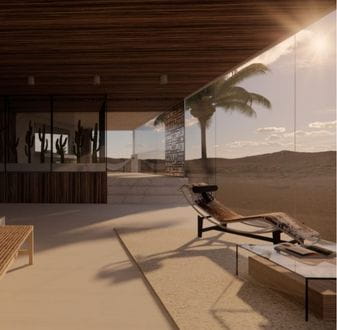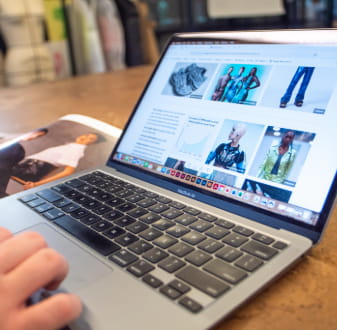It means that the design must be thoughtful in its use of space, use construction materials with low environmental impact, and have the intention of reducing pollution, waste and energy consumption as it’s used.
The importance of environmental sustainability in interior design
The building trade is a huge consumer of natural resources. In fact, it’s estimated that 20 to 50 per cent of the world’s physical resources are consumed by buildings. In addition, the built environment continues to be a direct cause of pollution long after construction is completed, due to the emissions produced in the process of running them and their impact on the ground.
It's important, therefore, that we do our best to negate this impact by designing our buildings to be as sustainable and low-impact as possible.
What is the difference between green design and sustainable design?
We often use the terms “green design” and “sustainable design” interchangeably. After all, both address the concept of environmental protection, considering elements such as water pollution, air quality and waste management. However, there are some key differences.
Green design focuses more on the present or near-term environmental impacts of elements of a design while sustainable design is a broader concept, which takes into consideration social, human, performance and financial implications, as well as environmental.
While many green products are environmentally friendly at face value, looking at them from a sustainability perspective requires you to dig deeper. Bamboo, for example, is considered a green building material as it’s durable and eco-friendly. But you should ask where it’s coming from and how it’s being transported; how it was sourced and by whom; whether the area is being reforested; and whether the bamboo was treated with formaldehyde.
Sustainability also focuses on the longer-term impacts of certain design choices. Taking bamboo as an example again, it might be a green choice during the building process but will it insulate a house adequately? Or will the house need to consume a lot of energy to be heated? Sustainable design considers the future of the building in the context of its use, the health of the people using it and the environment in which it exists.
5 tips for sustainable interior design
1. Design for energy efficiency.
Energy consumption is one of the major contributors to climate change, so improving a building’s energy efficiency is key. To do that, we can design with the intention of reducing the amount of heating and lighting required, and by providing renewable energy to the building. For example, since most heat comes in and escapes through windows, it’s important that windows and window coverings provide good insulation.
2. Design for low environmental impact.
It’s important to choose materials and products with a low environmental impact. Organic materials, such as wood, wool and stone, are a good choice – as long as they are responsibly sourced. Consider the environmental impact of throughout their entire life cycle, from extraction, production, transportation and processing, all the way through to how they are discarded after use.
3. Design for waste reduction.
To reduce the amount of waste, designers can look towards recycling, upcycling and repurposing in their designs. Using synthetic materials that have been made from recycled waste, or that can be recycled again at the end of their lives, is an easy way to engage in the circular loop of design.
4. Design for longevity and flexibility.
The goal of designing for longevity is to create durable and timeless spaces that will stand the test of time. The best way to achieve this is to choose quality over quantity and classics over trends. The flipside of longevity is flexibility. As people’s tastes and lifestyles change, they want their spaces to grow with them and reflect those changes. In anticipation of that, you should design flexible spaces that change and adapt to new needs, removing the need to demolish and start from scratch.
5. Design for healthy environments.
It’s important to protect the health of the people who will be living in or using your building, by considering things like the quality of the air, heating, ventilation, lighting and acoustics.
Here are two business examples where sustainability is at the core of their business: nina+co and Breathe.
Sustainable interior design by Billy Blue students
Here are some examples of sustainable interior design produced by the talented students at Billy Blue College of Design as part of their Interior Design courses:
Jay Jones
Diploma of Interior Design and Decoration
Her design emphasises urban sustainability and the fight against waste, materialism and consumerism, featuring thoughtful environmental elements such as a rooftop greenhouse.
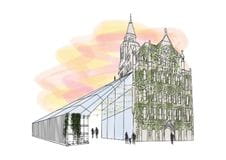
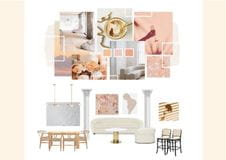
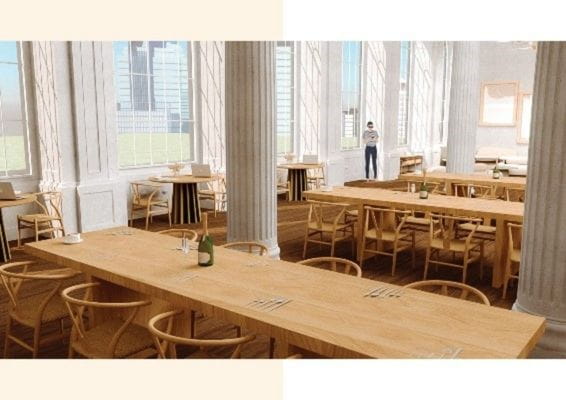
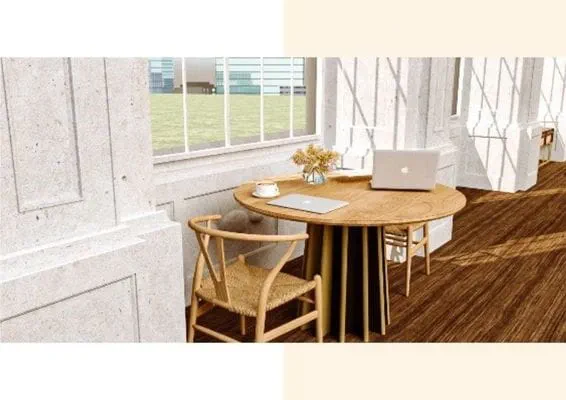
Canvas Café and Culture Centre
Daniel John Martin
Diploma of Interior Design and Decoration
His design emphasises inclusion, interactivity and the environment. The pavilion-style building features open corridors, tropical plants and seating spread over two levels. The extensive garden spaces filled with plants are key to improving airflow in both internal and external spaces.
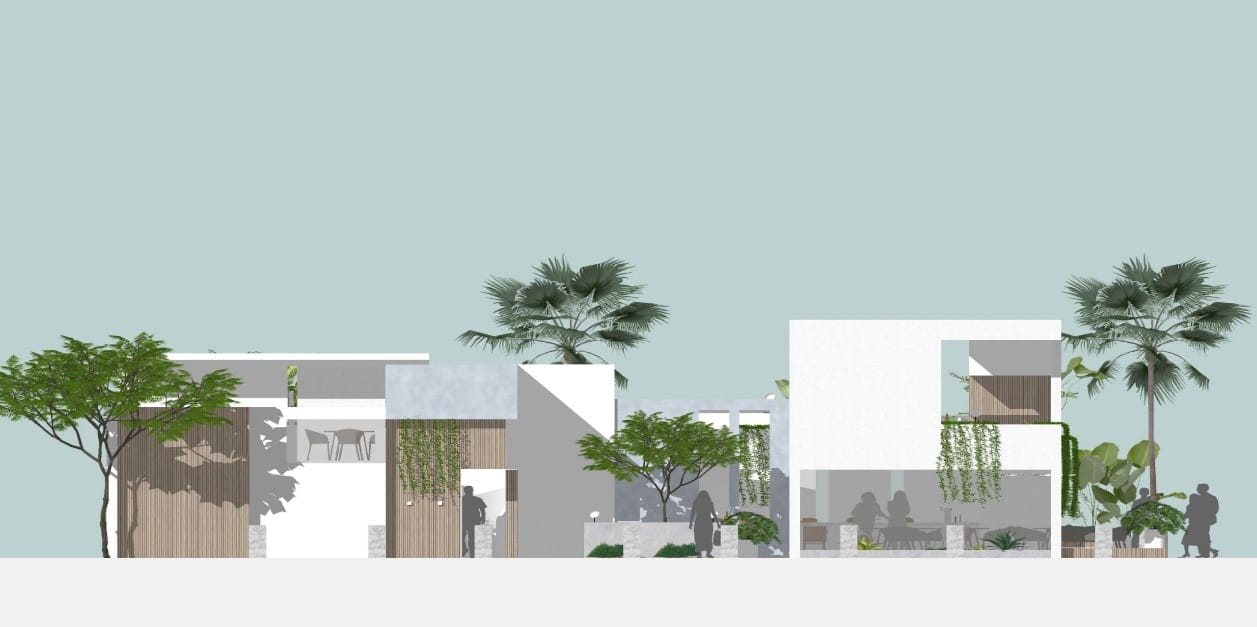
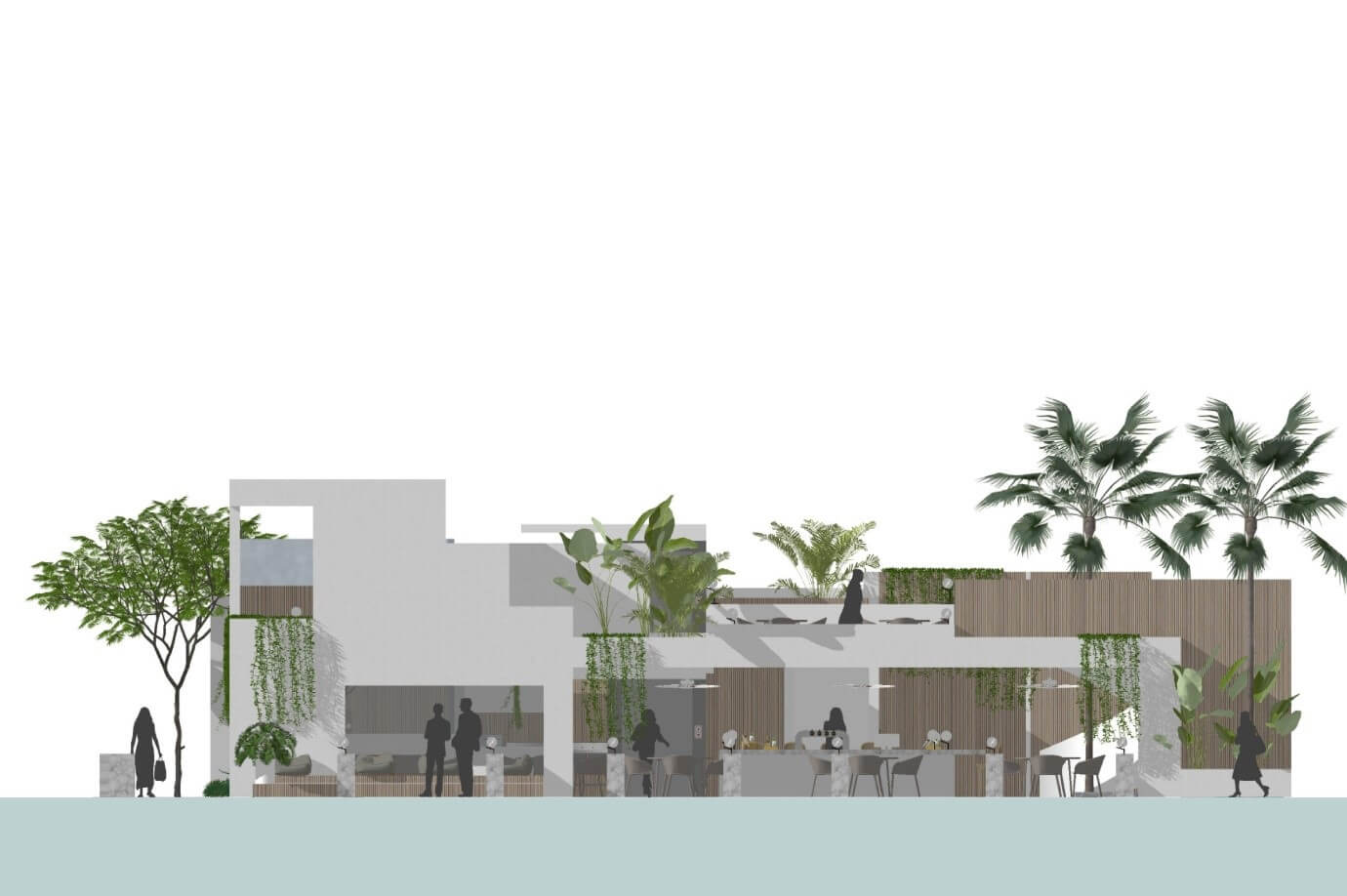
The Lanes on James
Jeeyeon Yang
Bachelor of Interior Design (Commercial)
Le Velo is a bicycle cafe with a river view; a perfect location for people who want activity and a bubbly social lifestyle. The brief required the incorporation of wall art and bold colours that are bike-friendly, sustainable, contemporary and industrial.
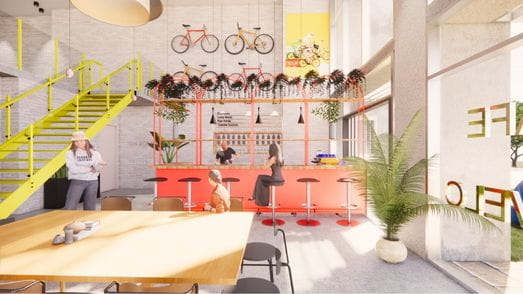
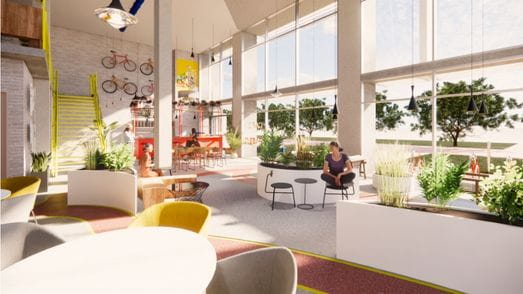
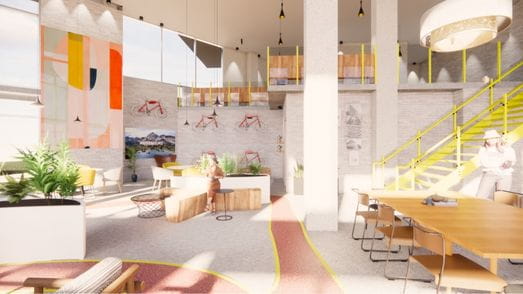
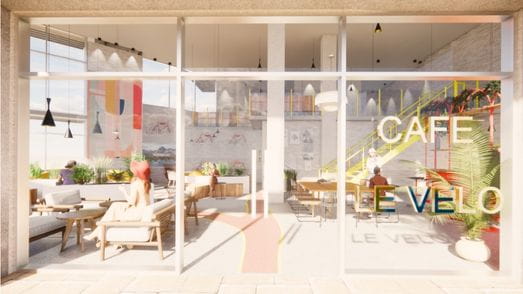
Le Velo Bicycle Cafe
Celine Groene
Bachelor of Interior Design (Residential)
The brief was to design a house (exterior, interior, backyard) for a chosen client from a physical model, taking into consideration spatial and place design development, Louis Khan "served and servant" spaces and communication between the building and its environment.
The concept for this house is to create continuous tension. Between comfort and spartan, inside and outside, minimal and monumental, ancient and modern architecture, monumental and vernacular, and life and death. This house is designed as a meditative space to self-reflect and connect with nature, air and light.
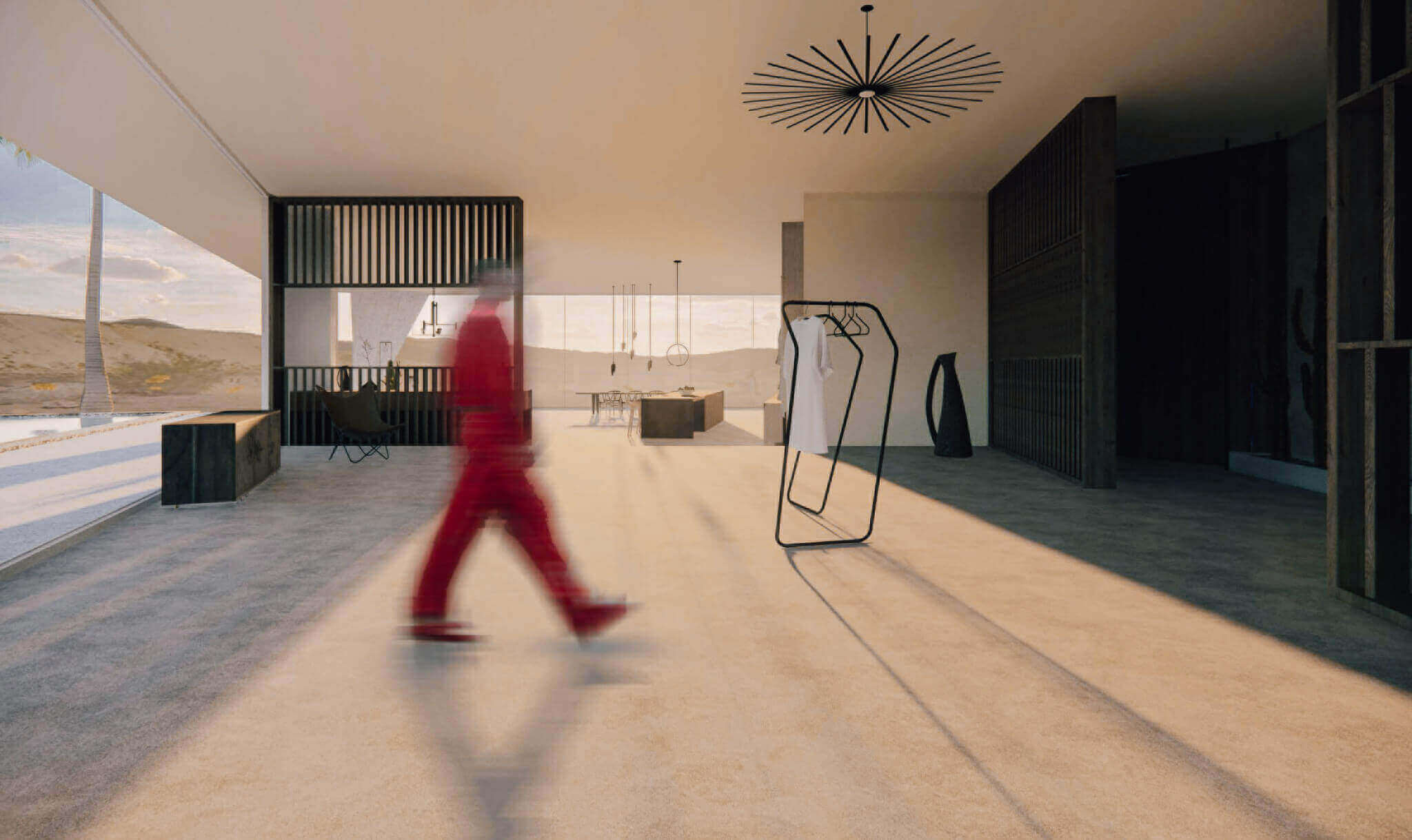
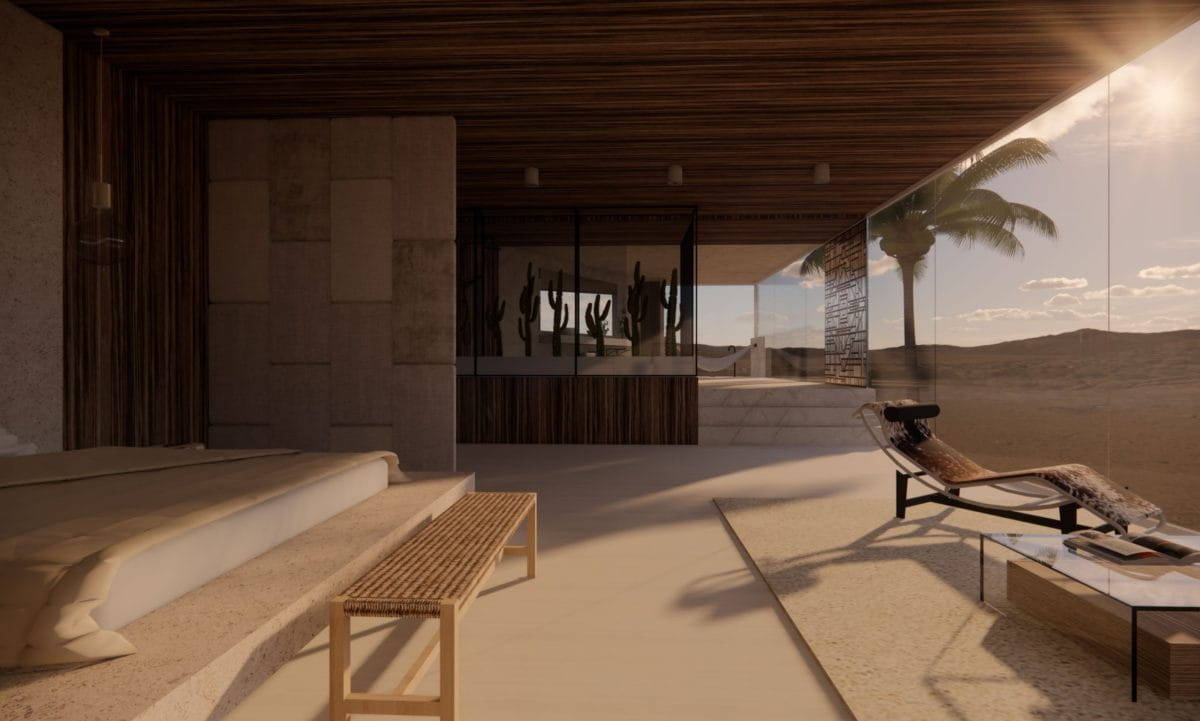
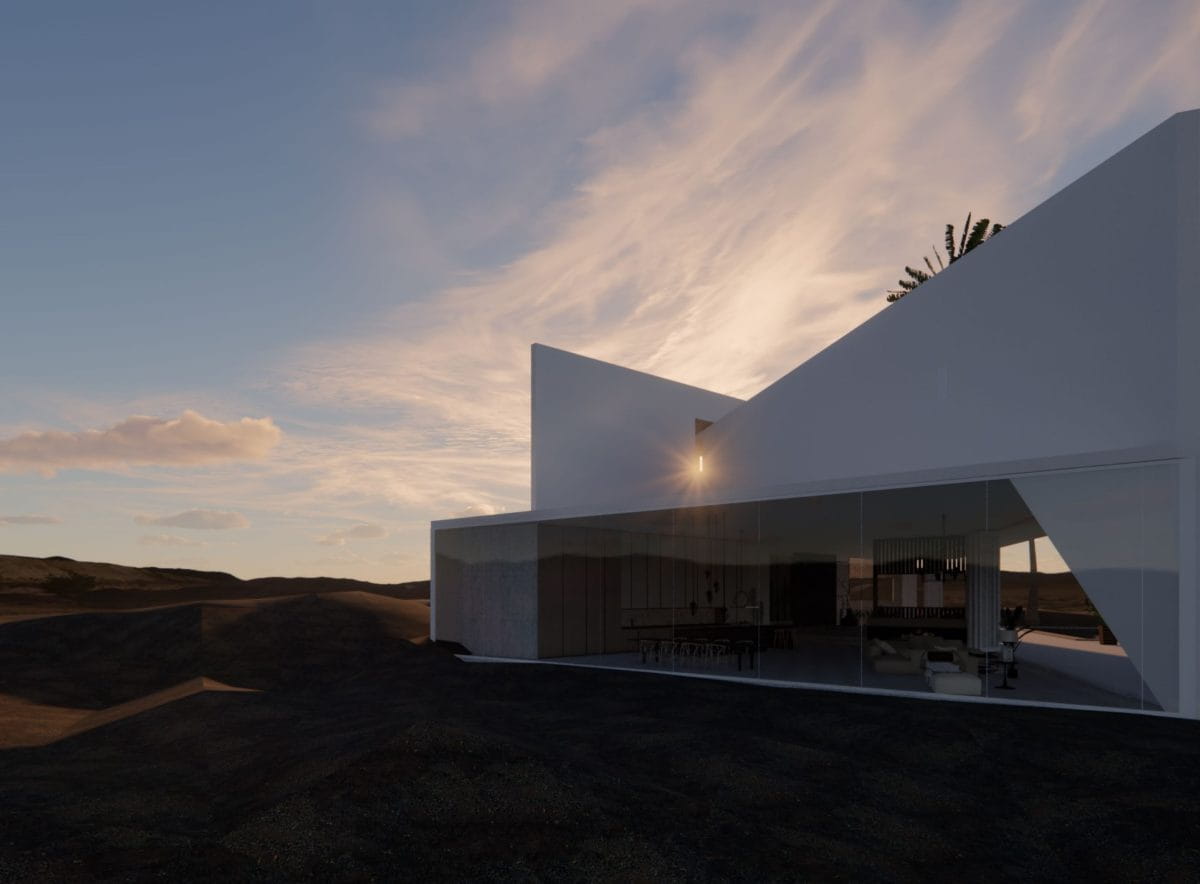
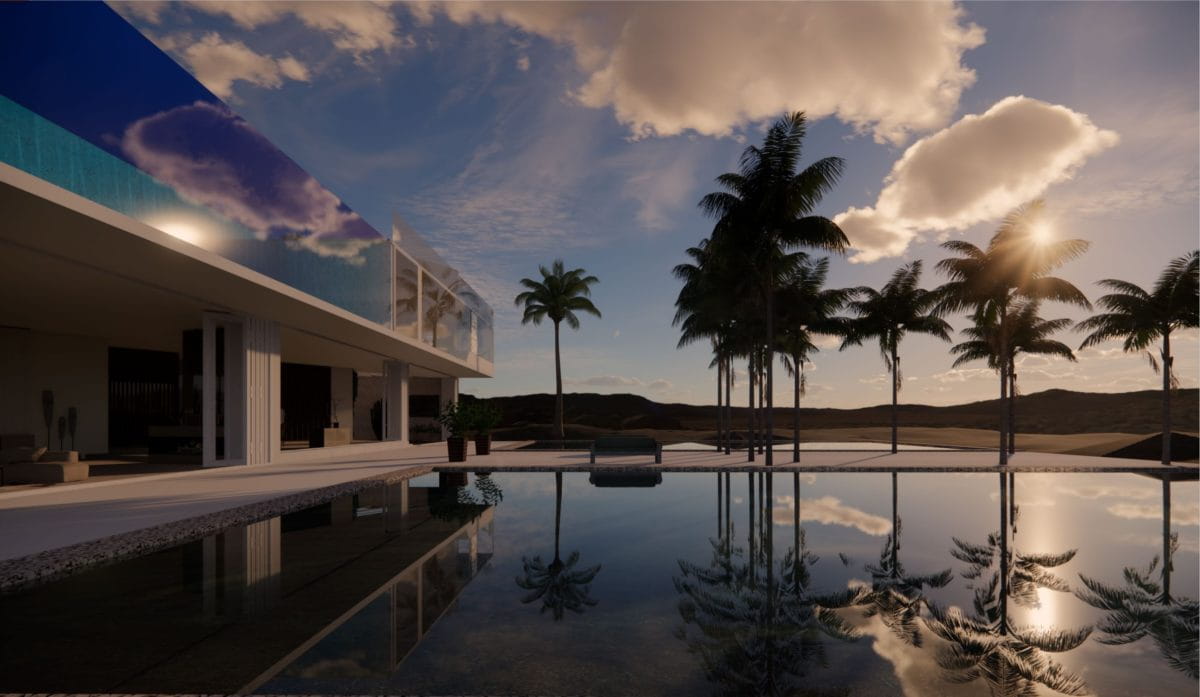
GAIA House
For more examples of sustainable design from our talented graduates, visit Billy Blue Intro.
If you’re interested in a career in Interior Design and Decoration, we’ve got plenty of information over on our Interior Design careers page.

